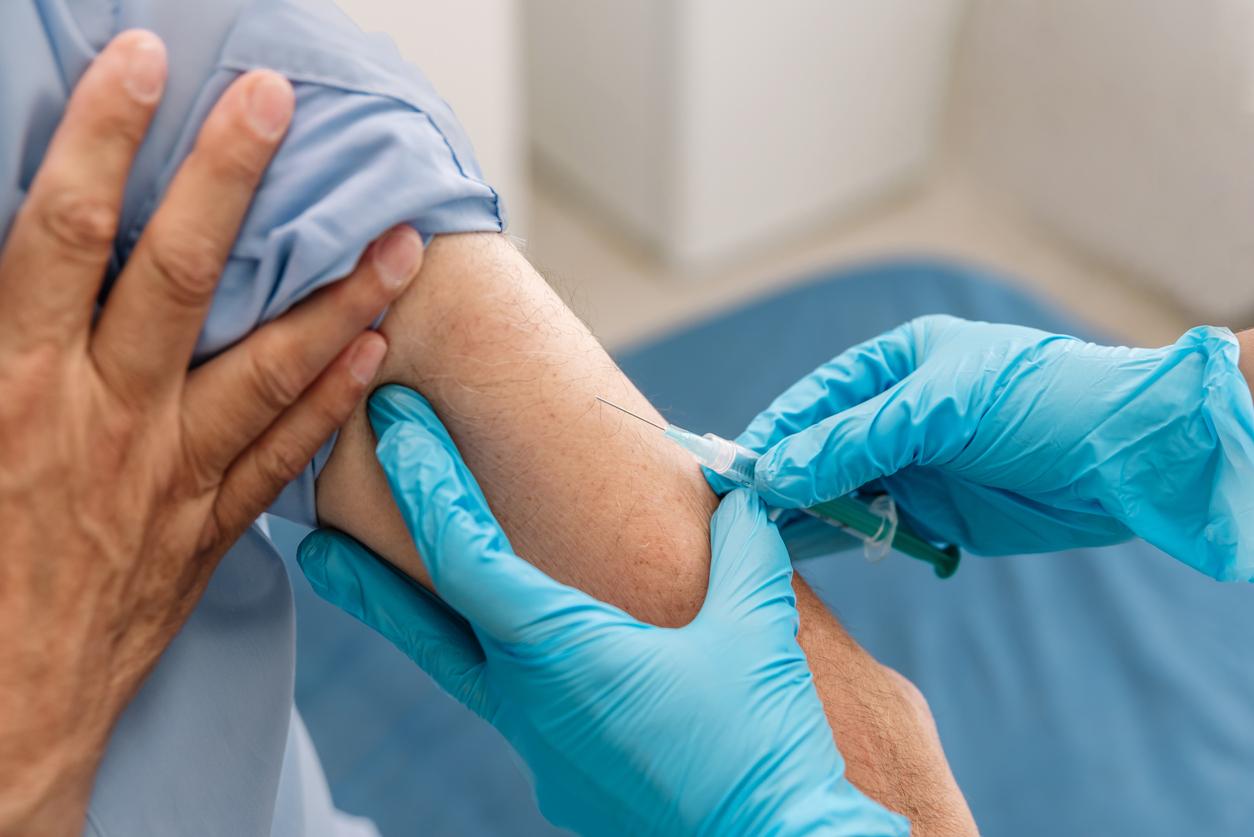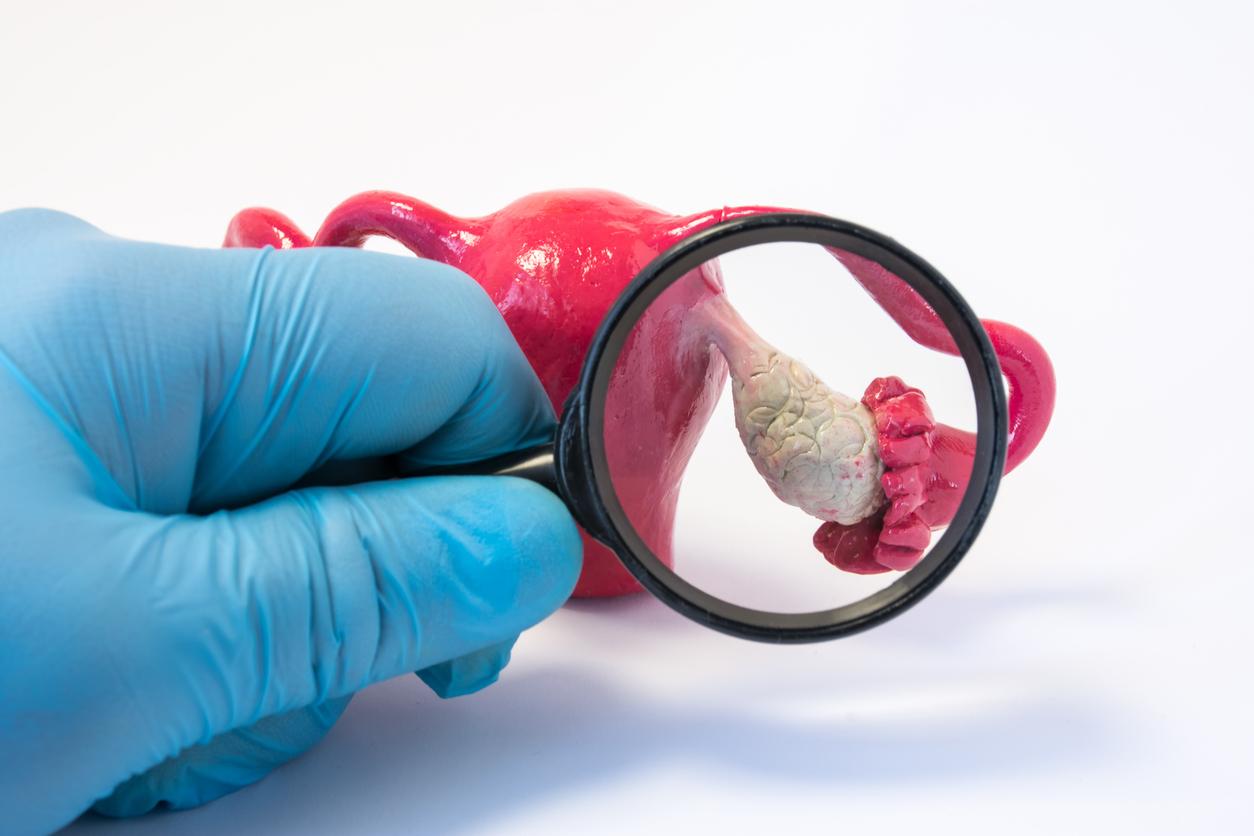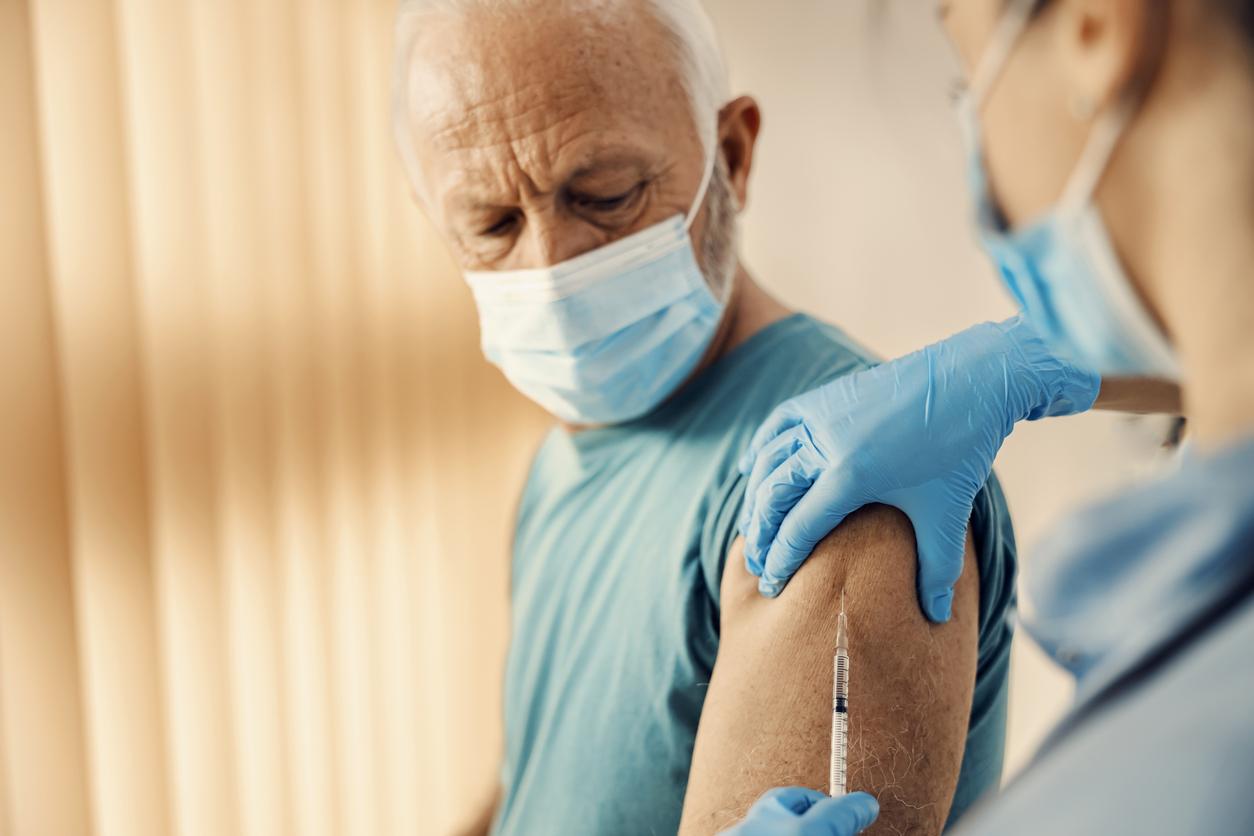
August 31, 2016.
When the neck of the femur is fractured, the fibula, broken, the arm, in a sling, it is too late. Falls are the number one cause of trauma in the elderly, which has led US researchers to work on a tool that can prevent them.
Sensors that analyze the gait of the elderly
And, unbelievably, they would be on the verge of doing so: researchers at the University of Missouri-Columbia have indeed succeeded in developing a predictive algorithm capable of constantly analyzing the gait of an elderly person. . This algorithm, which feeds on information provided by sensors installed in the home of the person being monitored, is able to notify relatives and medical staff of a significant change in the way they move. The algorithm knows how to say that the shortening of the size of the steps, the slowing down of the walk, undetectable with the naked eye to an outside observer, are warning signs of a probable fall.
Equip home surveillance systems
So, if the person moves less quickly by … 5 centimeters per second, which only the algorithm can detect, let’s be clear, the risk of falling within three weeks is … 86%! If his steps shorten, again, the risk of a fall is 50%, at 3 weeks.
It now remains for this algorithm to be further refined, then offered to companies specializing in home remote monitoring of the elderly.
To find out more: Prevent accidental falls among seniors

















